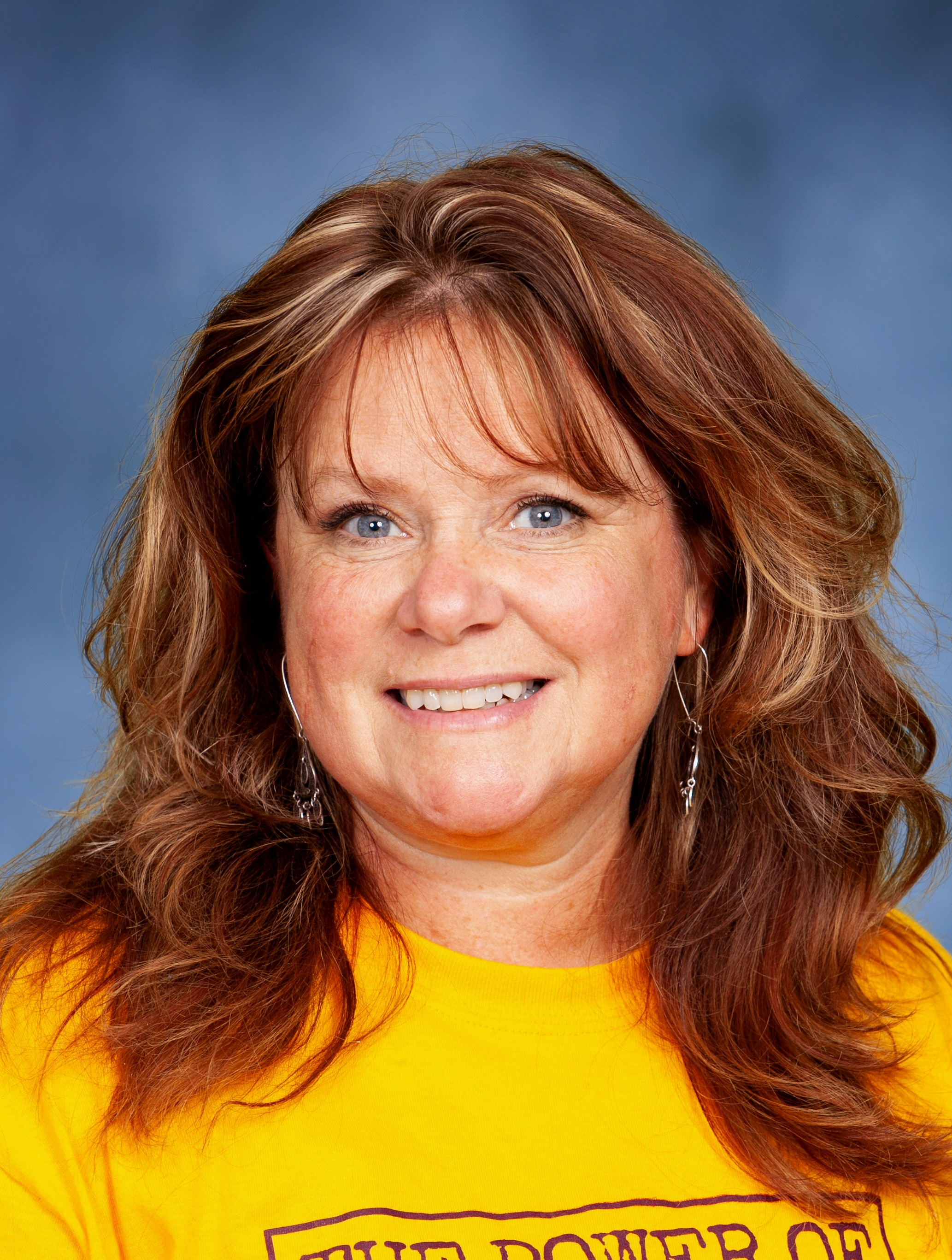- Jordan Public Schools
- Culturally Responsive Pedagogy
Equity Education
Page Navigation
-
What is Culturally Responsive Pedagogy?
Culturally responsive pedagogy is good for ALL students in ALL schools. The foundation of Culturally Responsive Pedagogy is creating equitable classrooms. Being aware of diversity [culture, ethnicity, gender, age, religion, socio-economic status] in a classroom creates a learning environment that promotes success for all students by recognizing individual strengths, acknowledging successful and harmful behaviors, and connecting students and staff to a positive school culture.The Role of Culturally Responsive Pedagogy in Equity Education
Equity education is learning environments that create fair and equal access for all students, and Culturally Responsive Pedagogy is the vehicle to make sure we are creating opportunities and access for ALL. A goal of equity education is equity consciousness – becoming aware of the unconscious bais staff and students bring to all relationships and the learning environment.Examples of not creating opportunities and access for all:
- If I’m a history teacher and only teach history from the victor's perspective, I may be denying opportunity and access to students of color, women, LGBTQ students, etc. Those students are not learning a truth about their identity throughout history.
- If I’m an English teacher and I only teach from white male novels, I may be denying opportunity and access of the self awareness and identity of so many other role models.
-

Sarah Miller
Culturally Responsive Pedagogy Specialist
smiller@isd717.org
952-492-4305 direct
952-492-2336 mainSarah Miller has been teaching at Jordan Public Schools for 25 years. She earned her masters degree in Educational Leadership at Concordia St. Paul, completed her principal coursework at St. Mary's, and earned her Culturally Responsive Teaching certificate at St. Mary's University. Currently she is working on her EdD in Equity and Inclusion Leadership. At the elementary school she was the Behavior Specialist and Instructional Coach. For the district she is the Culturally Responsive Teaching Specialist. In addition, she is co-facilitating the integration of Culturally Responsive Teaching strategies into the classroom and school culture. Sarah is passionate about assisting individuals and districts to create classrooms and school cultures that acknowledge and celebrate diversity so ALL students can achieve and succeed.
-
Focus of Responsive Pedagogy in Jordan:
Cultural Responsiveness -- Teacher's response to culture in the classroom. It is the classroom managment style that honors the way students learn and behave.- What responsiveness looks like in the classroom:
- Recognize Acknowledge and Connect (RAC) -- Behavior Management
- Administration Supporting Discipline Practices
- Movement Protocols, Response Protocols, and Discussion Protocols
- Collaboration Contracts
Cultural Competence -- Teachers make a committment to engage and understand cultures around the world and value differenes.
- What competence looks like in the classroom:
- READO -- Reading Curriculum
- Stories of America
- Refugee Integration Unit
- Harambee -- Monthly School Celebration
- Celebration of Learning
- I See You: I am Here to Be Seen -- Celebrating Differences Curriculum
- Multiculutural Education Courses
- Literature Studies Curriculum
- Culturally Responsive Pedagogy Team
- Heritage Nights
Cultural Relevance -- Student voice is honored through a meaningful curriculum and instructional methods that relate to student interest.
- What relevance looks like in the classroom:
- Inquiry Learning
- Project Based Learning
- Caring and Committed Conversations
- Elective Courses
- Student Leadership Groups -- ELC, DLC, and DLC Jrs.
- Cultural Field Trips
What is Culture?
According to Zaretta Hammond (2015) in Culturally Responsive Teaching and the Brain, culture is the way that every brain makes sense of the world. Every individual has a culture that the brain uses to turn everyday happenings into meangingful events. Culture has three distict levels:- Surface Culture: observable and conrete elements of culture such as food, dress, music, and holidays.
- Shallow Culture: unspoken rules around everyday social interactions and norms.
- Deep Culture: tacit knowledge and unconscious assumptions that govern our world view.

- What responsiveness looks like in the classroom:

